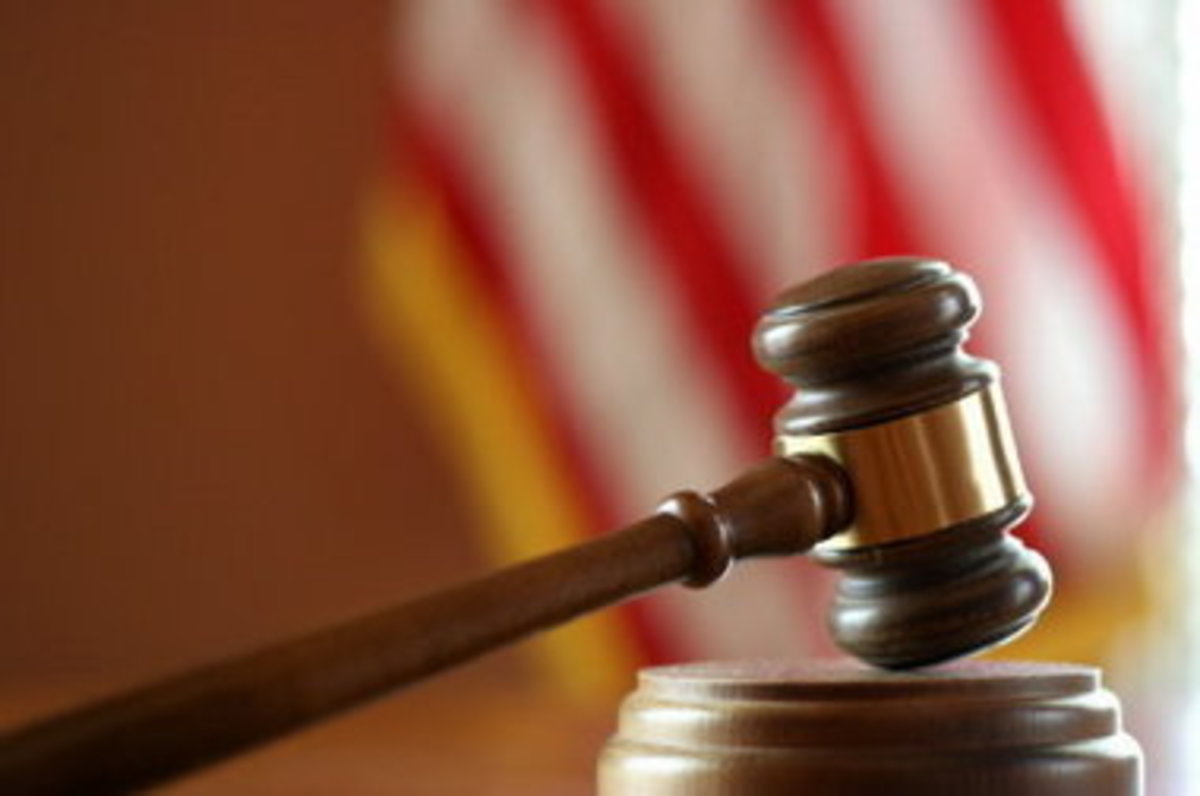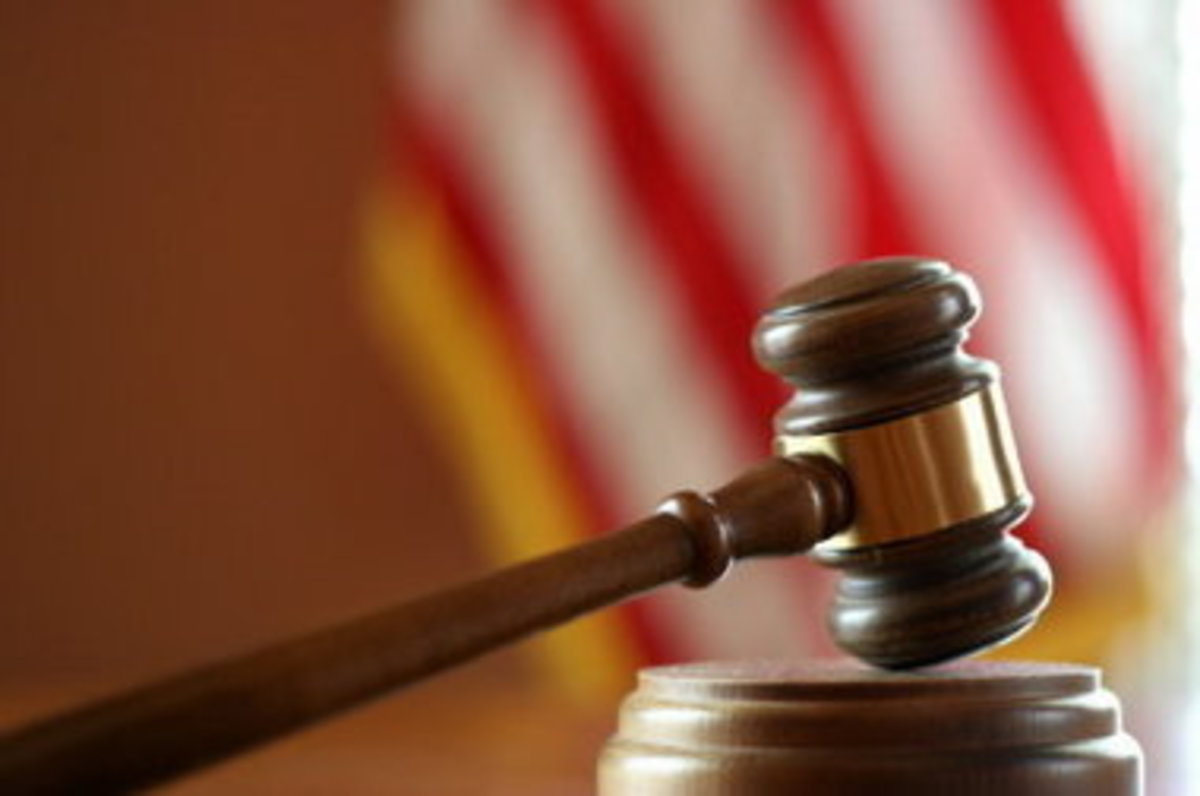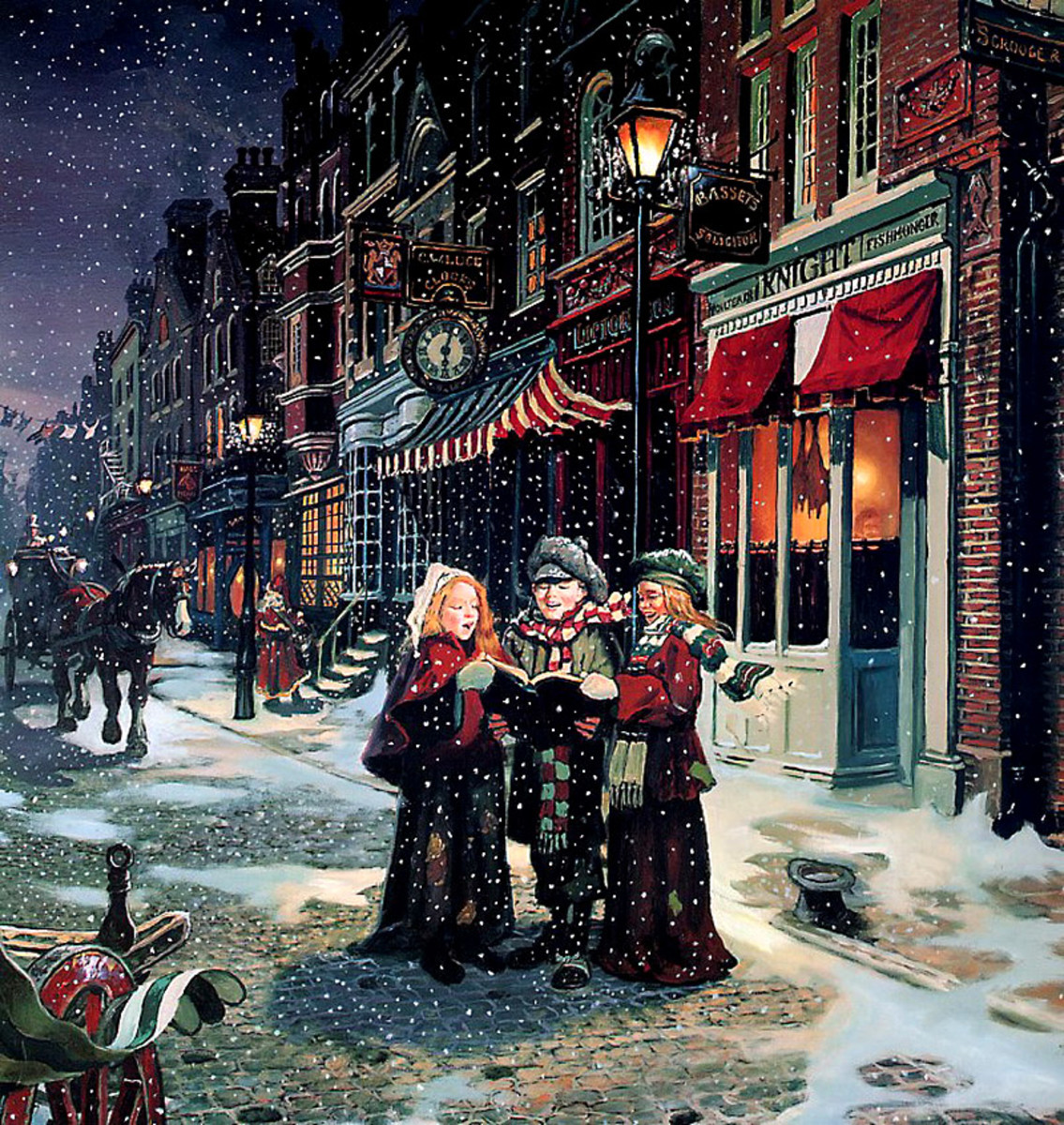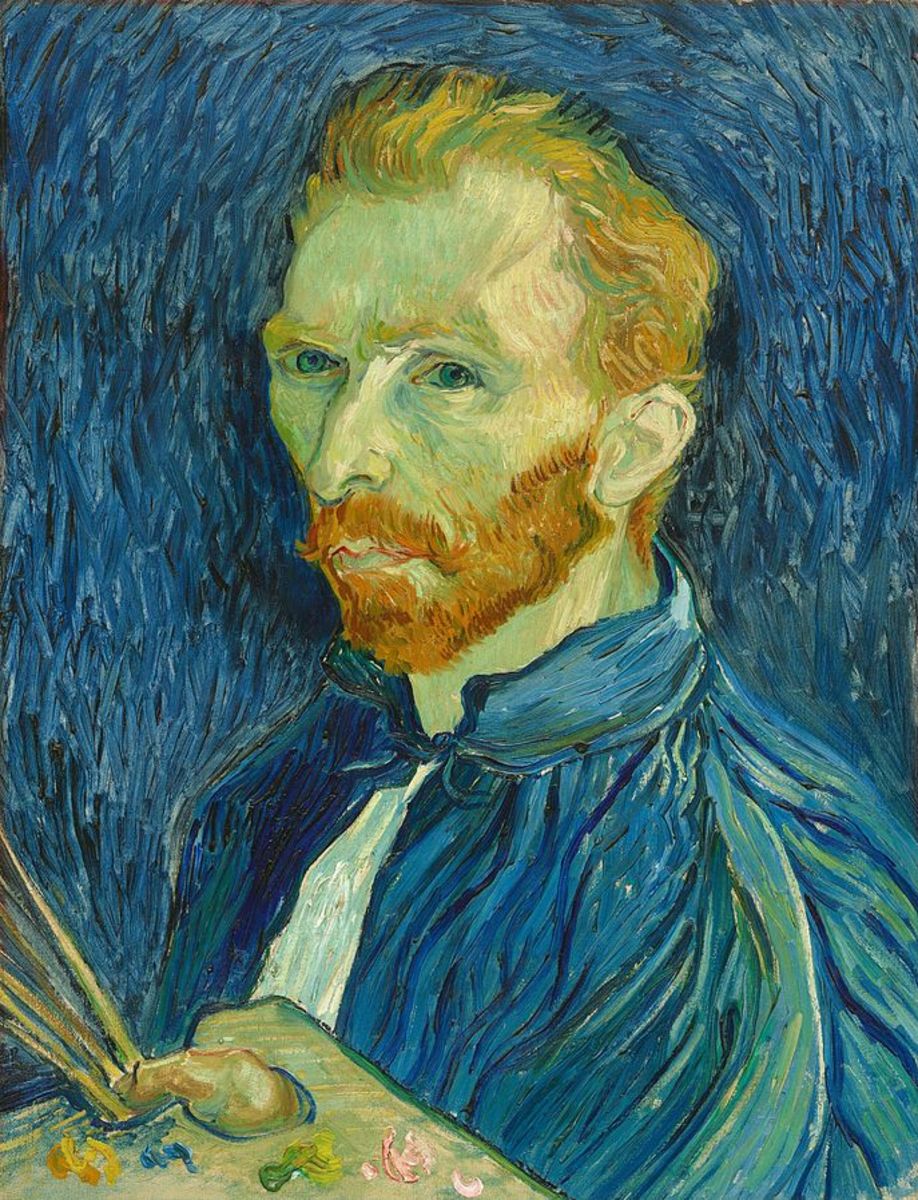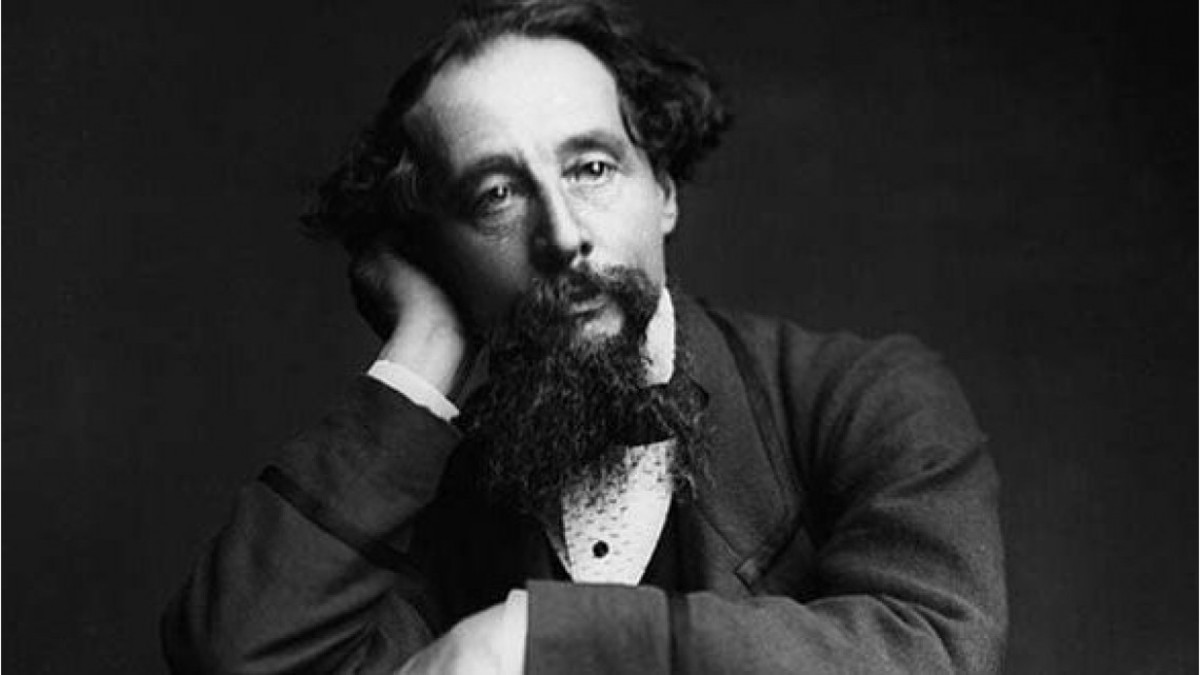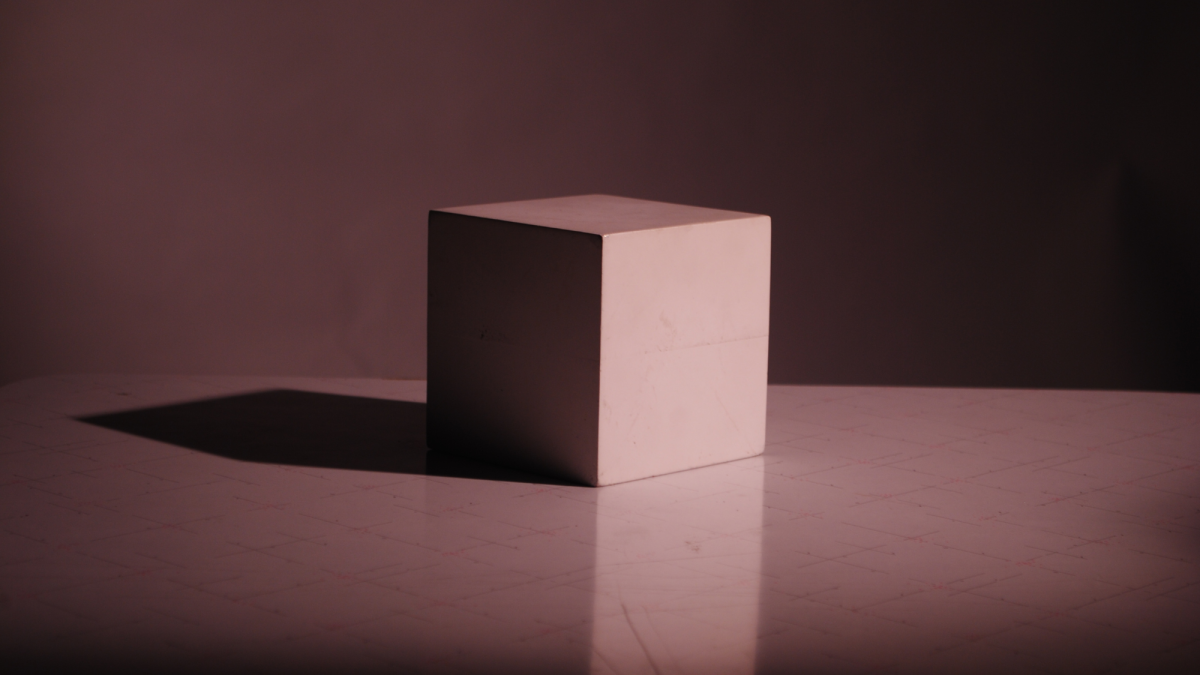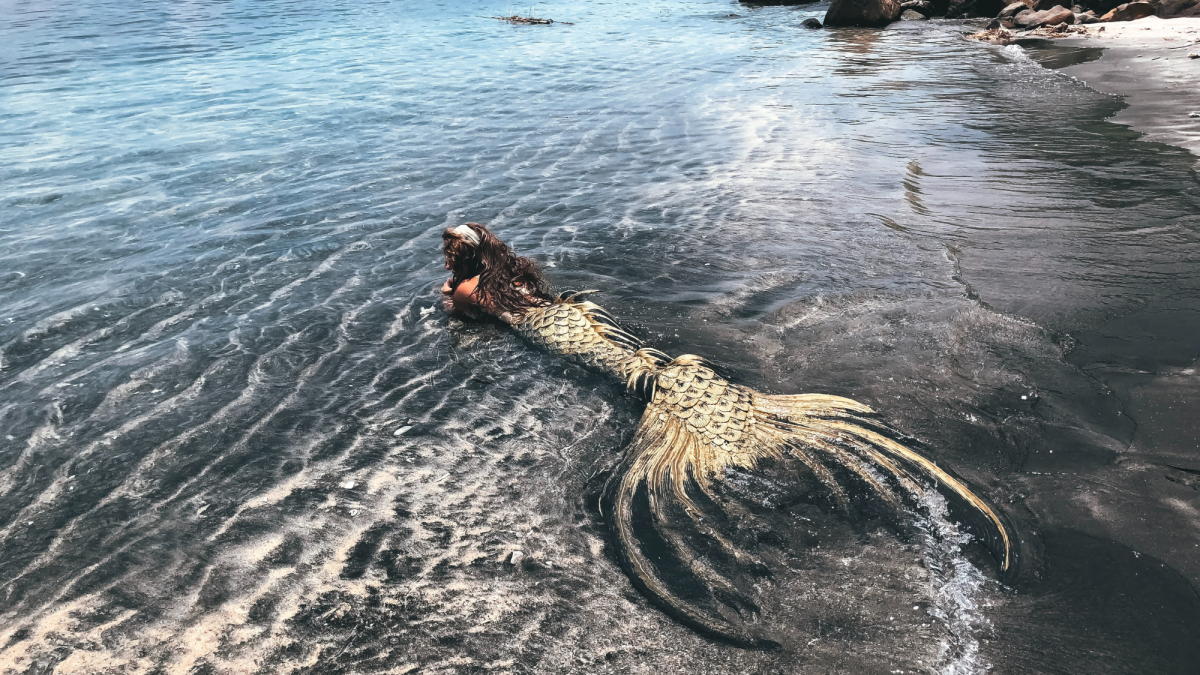What Can I Do With Public Domain Works?
Published July 15, 2014
By Rachael O'Halloran
Free Means Free
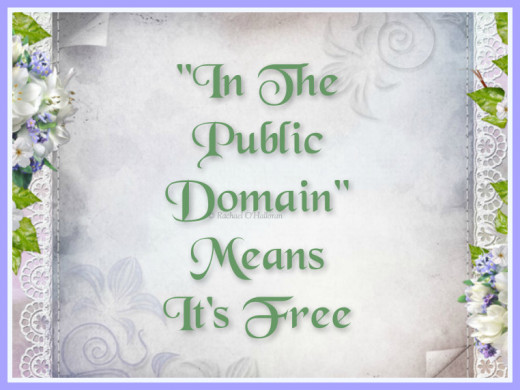
Public Domain Explained
For anyone who hasn't read any of my other hubs on public domain, it is important to know that works are released into the public domain once per year on January 1 due to no longer being under copyright protection.
It is a much looked forward to date for many artists, librarians, researchers, singers, writers, film makers, producers, agents, and the list goes on and on. However, when the copyright laws changed in 1998, many works were restricted from public domain, either put under a new copyright, or years were added to the existing copyright due to the changes in the law. In some countries, the restricted works are available for a fee.
Why Should You Care?
You should care because public domain works are meant to be free to use as you please. It is not a time when more copyright restrictions are thrust upon expired works.
When a work is in the public domain, it means that anyone can use the work without paying a fee or there is no worry of a lawsuit for copyright infringement.
Public domain works are coveted for a variety of reasons, but most especially for adaptation. Without having the freedom of adaptation, we would not see the many creative twists we see on old stories so that they are updated into new venues. It is how we build new works that can become future traditions.
A good example of adaptation is Charles Dickens' A Christmas Carol. How many different versions, films, and stage productions have you seen of A Christmas Carol? Probably more than a few dozen.
Even though Dickens published his book in 1843, to determine when an author's works come into public domain, we don't use the publication date as reference. We look up the author's date of death and then add 70 years.
Since Dickens died in 1870, that means 70 years later would be 1940. However, the copyright would be intact through to December 31, 1940.
Since we only add to public domain on January 1 each year, that would make it January 1, 1941 when all of his works came into public domain, no matter if they were written on the day he died or 30 years before the day he died. All of the author's works come into public domain at the same time.
Why is public domain important to observe?
If we didn't have a law stating when works come into public domain, all works would stay under copyright forever. Public domain means the works are no longer owned or controlled by anyone. That means: translations can be made, musicals can be adapted and new music can be put to lyrics of songs that are now out of copyright.
Without public domain, we would not have the freedom to use any published work as a building block to a new work.
Example: Poem
Poem To Music
When a poem comes into public domain, you can:
- put the words to music.
- use the premise of the poem for a short story or novel.
- adapt it to make it a screenplay for film or stage
- include it as one of a collection of poems in other works
- use portions of the poem in other venues, for example: greeting cards or calendars
These are just some examples. I'm sure you can come up with many more on your own.
Rachael O'Halloran's Trivial Thoughts for the Triva Minded Reader™
A Christmas Carol By Charles Dickens
Charles Dickens wrote A Christmas Carol in six weeks and published the book in December of 1843. By January 1944, "Parley's Illuminated Library" stole the story and republished it without author credit.
Although Dickens sued and won his lawsuit, the Library company declared bankruptcy which left Dickens to pay £700 in court fees and lawyer costs. It was a sum he could barely afford since the first printing edition of 6,000 copies were sold out by Christmas 1843 at only five shillings a copy.
By May 1844, with the seventh edition (printing) also sold out, it was still not a big moneymaker for Dickens, topping off at 24 editions. It is not known how many copies were run off in each edition, but since Dickens had to front some of the costs, one can assume that they were at least 6,000 copies.
A Christmas Carol is one of those books that made Dickens a great success in name, but no so much in real money. He had a large family to support and writing was his only profession, so he branched out into stage plays. At one point, A Christmas Carol enjoyed eight London productions at the same time, all with his blessing.
Dickens was a staunch supporter of copyright laws and didn't blink twice at bringing lawsuits against those who pirated his stories. Most of the time, each lawsuit ended up costing him money, much to his chagrin. It still didn't stop him from going after the next publisher who stole from him.
Example: A Christmas Carol
Using A Christmas Carol as an example, by changing a setting or character name, there have been many spin offs of A Christmas Carol.
Without A Christmas Carol coming into public domain in 1941, the following media would not have been possible without infringing on the copyright of Charles Dickens.
- Frank Capra applied his own spin to A Christmas Carol with his 1946 production of "It's A Wonderful Life."
- Dr. Seuss probably had Scrooge in mind when he wrote "How The Grinch Stole Christmas!" in 1957
- There was a 1935 film version with Seymour Hicks and a 1951 version starring Alastair Sim
- In 1970, a musical version won Albert Finney a Golden Globe as Scrooge
- In 1984, George C Scott played Scrooge to much acclaim.
- There were also radio versions, notably in 1934 with Lionel Barrymore.
- American television's first sound film was with Ronald Coleman in 1949.
- There was a television version of A Christmas Carol the 1940s, when television was just breaking into the airwaves. There have been many productions since then.
There have been over 100 different adaptations put to music on soundtracks in almost every conceivable music genre. I am sure that I've missed quite a few mentions in my research, so please forgive my oversight.
Although there were at least seven silent versions, the earliest surviving silent adaptation is a 1901 British version called "Scrooge; or Marley's Ghost." In 1910, Thomas Edison made his own silent version. The first British film version with sound was made in 1928.
There have been operas and ballets, Broadway musicals including 1979 Comin' Uptown with an all African-American cast, a mime production by the BBC starring famous mime Marcel Marceau. There was also a 1947 chamber orchestra production by Benjamin Britten called Men of Goodwill: Variations on A Christmas Carol."
There have been at least forty films that have been made using some variation of A Christmas Carol and over 1000 television, ballet, musical, and stage productions.
Charles Dickens would have been proud. :)
Catcher In The Rye by J D Salinger (I do NOT suggest anyone should do this)
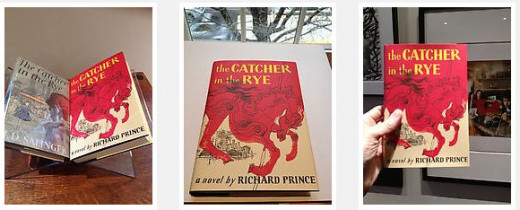
Cool Stuff
This tool tells you if a work is in public domain or if it isn't, when it will be in public domain. Answer questions in left margin, your answers will show up in the status box. Give as much information as you can and this tool gives you the results as per US Copyright Law only. Not for foreign countries.
List of Copyright Lengths - per country
Copyright Terms in the US - When Public Domain Kicks In - works published in and out of US by Americans, sound recordings, architectural works, and special cases.
Open Library - Over 3 million books available in digital format from a list of contributing libraries and authors. There is a list of FAQ's. Books available for "borrowing" but most are available to "read." Locks are for the visually impaired or blind.
Google Free Books - this is the free screen. If you search around, you'll find the pay titles. See notice in next section about Google lawsuit.
Thanks For Reading
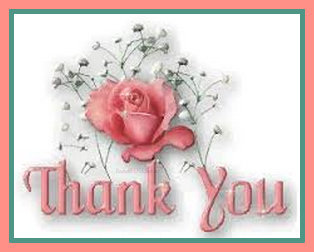
More Trivia
1. Copyrights used to be short in duration. You had to renew copyrights on your own. You were not asked if you wanted to. Consequently many authors and creators did not renew.
2. Some copyrights can last for over 100 years due to "certain" governments exercising their authority to make a buck. This means that many libraries have books that are commercially unavailable, are still under copyright and some have no copyright holders who can be located, so they are termed "orphan works."
3. With the permission of some of the most notable and prestigious libraries of the world, Google began digitizing some of their works into a searchable database. Any author or library who didn't want to participate was able to opt out of the project. By making many libraries searchable, Google made public domain works available in their entirety for free.
And of course, there were some publishers, authors and representatives of authors who didn't like the idea of the project, even though they had opted out. So they brought a lawsuit against Google.
Google argued that the works were in the public domain and that even so, their use was a "fair use." We will never know if their argument would have panned out and been acceptable because before the trial, a settlement was reached between the Author's Guild and a group of publishers.
The result? Anyone who wants to read the digital works can only do so online now. You can't download them into your own computer of reading device. You have to read them online and you have to pay a fee to do it.
This is what I've been telling you all along. It's all about the money. The fee is being donated, but that's besides the point.
Public domain means free. This lawsuit accused Google of taking public domain works to put them into a searchable database that the public can access and read them for free. Google reiterated that any author or library who did not want to be part of the database was able to opt out and their work would not be included.
You can read more about the argument that was presented stating that the free index gives Google an advantage over every other search engine. I think that is a moot point. They DO have the advantage over every other search engine. Their name is on almost everything!
Check out my other two hubs on Public Domain
Do Not Copy

I hope this has helped you understand some of the things you can do with works that come into the public domain.
© Rachael O'Halloran, July 15, 2014
All Rights Reserved
© 2014 Rachael O'Halloran

